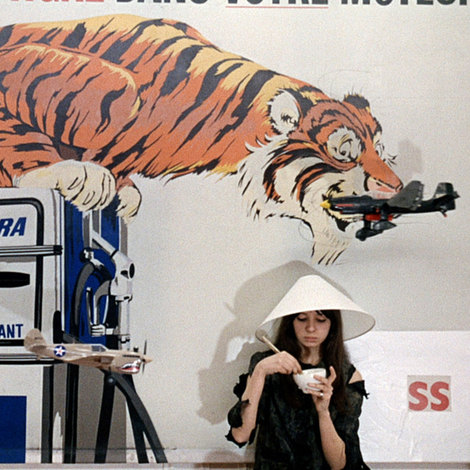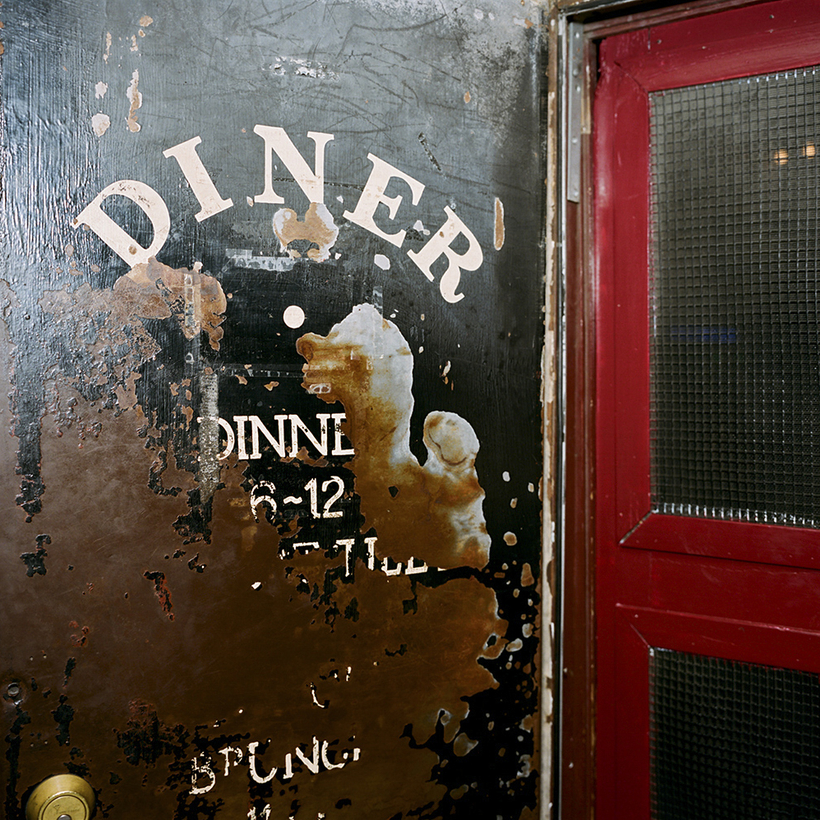On New Year’s Eve, 1998, Andrew Tarlow and Mark Firth opened Diner on a desolate corner in the shadow of the Williamsburg Bridge.
The dilapidated diner that the roommates, who’d met while working at the Odeon, had rebuilt with friends didn’t have gas. So chef Caroline Fidanza, whom they had recently hired, carried cassoulet over from their unregulated loft. The rest was Brooklyn history.
Diner became the first subway-tiled clubhouse for the neighborhood’s early adopters. It also drew adventurous eaters across the bridge, who were delighted when the server began writing out the day’s simple, seasonal dishes on the paper tablecloth. (Tarlow never thought to order menus.) Every night for the past 25 years has felt like a dinner party: familiar, flirtatious, eventually a smidge unhinged. Restaurateurs around the world have been trying to replicate it for decades, but as the new book Diner: Day for Night shows, you can’t clone soul.

Actress, screenwriter, and director Lake Bell, who’s been a regular from the beginning, says that Diner quickly became as much about the people as the food. “Sure, there’s no dearth of extraordinary restaurants in New York. But there are very few that manage to conceive culture,” she writes. “Their welcoming, familial perspective of food culture—even down to the way the specials are chicken-scratched on the paper table mats—is hallmark to what makes it endure.”
Part smartly designed photo essay, part cookbook, the book’s art-school look and feel encapsulate Diner’s family, food, and ethos. (Today, Tarlow’s empire also includes Roman’s, Marlow & Sons, Marlow & Daughters, Achilles Heel, and She Wolf Bakery.) Like the restaurant, it was made by and with regulars, including more than a decade’s worth of photographs by former bartender Julia Gillard, design by former host Becky Johnson, and recipes by Fidanza. (She spent a decade cooking farm-sourced food and training a generation of chefs at Diner before spinning off her cult sandwich shop, Saltie, then returning as the culinary director of the Marlow Collective in 2018.) The four seasons of menus at book’s end were gathered from Fidanza and past chefs, some appearing in the collective’s D.I.Y. art-food quarterly, Diner Journal.

“We were trying to make art together,” Tarlow explains of Day for Night. (The title winks at the François Truffaut film.) “I think of the food and those experiences as a creative act that we do on a daily basis,” he says. “We’re making a movie.”
Whether in his restaurants or on the page, that combination of pluck and originality reflects Tarlow’s background as a painter. (When I remarked that, observing the sum of his career, he’s less a restaurateur than he is an artist with restaurants, he said, “Thank you for noticing.”)
He’s a producer, too, promoting talent from within the ranks and opening new projects around them that feed into the whole, be it a butcher shop, a bakery, a longshoremen’s bar. There’s also a boutique selling leather goods that his wife, Kate Huling, designs from the hides of cows from a farm in Massachusetts. All of its proceeds are directed to a nonprofit, PureLegacee.

More often than not, Tarlow’s projects launch the neighborhoods they’re in. At this point, he could open his own Brooklyn Disney, but he chooses to focus on his two families: “I have a lot of creative energy, but we can’t open everything I want because it doesn’t make sense economically—and maybe spiritually,” he says. “I’ve been very focused on having four kids. The amount of times I’ve been asked to open in Miami…. I’m not going to be stuck on JetBlue every two weeks just because you want my name on the door. It’s not about me. I have young people at home expecting me,” he says. “And I have staff at these places expecting me, too.”
When I remarked that, observing the sum of his career, he’s less a restaurateur than he is an artist with restaurants, he said, “Thank you for noticing.”
Cultivating and caring for talent has been as much of the through line at Diner as how they take care of the guests. Tarlow learned how important hiring was when he worked at the Odeon, where he was also a student of what gives a restaurant longevity. As he tells it, he couldn’t figure out what one longtime staffer, who was by then the bookkeeper, actually did. “She would come up for lunch and drink a half-bottle of Sancerre every day, and Friday it was a martini. As a young person, at first I was like, How is she doing this job?” he says with a laugh.

But she also hired all of the staff. “At some point I looked around the room and realized, she chose all these people! She’s good at choreographing the right people for this room and who get along, which is an actual art and not a craft and not a skill. I met my wife there, and Mark Firth, and influential guests. That woman Maureen did that!”
Today, you can feel that sense of family in each of Tarlow’s restaurants. Nearly 25 years after that first New Year’s Eve party at Diner, former members of the Marlow Collective can be found in the best restaurants in New York. “It’s all interconnected,” he says. Like day for night.
Christine Muhlke, a former editor at The New York Times and Bon Appétit, is a co-author of Wine Simple, with Le Bernardin’s Aldo Sohm, and a co-author of Phaidon’s Signature Dishes That Matter. She is also the founder of culinary consultancy Bureau X and creator of the Xtine newsletter


